In recent years, Digital Audio Workstations (DAWs) have become essential for music production. While many DAWs are available, only a few dominate the market.
You’ve likely heard of popular ones like Cubase, Logic, or Ableton Live.
While these DAWs are excellent, today I want to introduce another DAW that has gained significant popularity in recent years: PreSonus’s Studio One (currently on version 5)!
PreSonus Studio One 5 Professional (Japanese Edition)
After using Studio One for a year, I want to share its appeal with you!
This review will focus on the included sounds and effects that come with Studio One!
When starting music production, many begin with the DAW’s built-in sounds and effects. Studio One offers a vast array of high-quality sounds and effects from the start!
Today, I’ll discuss some of my most frequently used sounds and effects included with Studio One.
*Some of the sounds and effects introduced here may not be included in non-Professional editions. Please check the official website before making a purchase.
Sounds Section
【Strings】
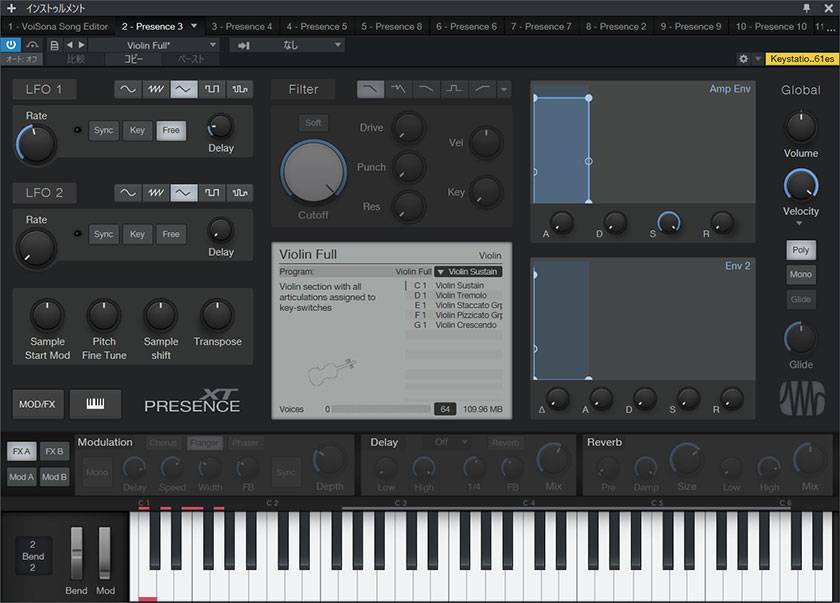
First up is the Strings sound included in the standard multi-instrument of Studio One, Presence XT.
Strings refers to string instruments used in orchestras, such as violins, violas, cellos, and double basses. While double bass is not often used in pop or rock due to the presence of electric bass, the other string sounds are highly usable.
The articulations (playing styles) offered are extensive, and the sounds are realistic enough to be practical for most projects.
I often use this for arranging music, typically in a four-part ensemble of first and second violins, viola, and cello. I like to layer different string sounds to create a realistic blend, as if each player has a slightly different instrument. While using one type of sound can create a unified feel, blending various tones offers a richer texture—it’s up to your preference!
【Tubular bells】
Another sound included with Presence XT is Tubular Bells, a percussion instrument. This name may not sound familiar, but you can think of the bell that rings in talent shows.
I use this sound to add depth to tracks, as its rich overtones can give a grand feel to the music. One thing to keep in mind when using this sound is to avoid layering too much. Its complex overtones can cause muddiness, so it’s best to use it sparingly as a subtle touch.
This sound is available across all versions of Studio One.
【Sample One XT】
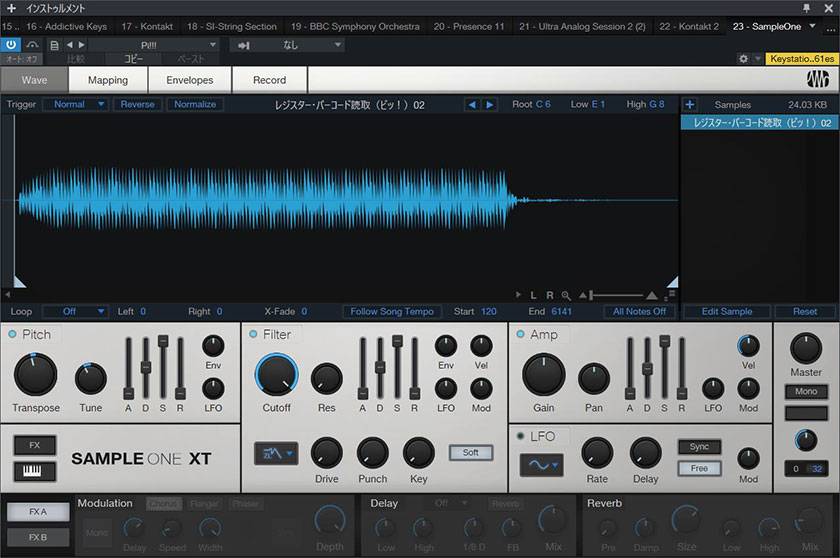
Technically, Sample One is not an instrument but a sampler. A sampler allows you to import (or ‘sample’) your own sounds, manipulate them, and assign them to different pitches.
While Impact XT (another included sampler in Studio One) is more suited for drums and percussive sounds, Sample One XT is better for melodic or harmonic instruments.
I use Sample One to import sound effects and assign pitches to them. The sound should not always be an instrument sound.
For instance, I once used the ‘beep’ sound from a barcode scanner to create an electronic arpeggio to create an electric instrument. You can quickly craft the sound you want with Sample One, often more easily than using a synthesizer.
Effects Section
【Pro EQ 2】
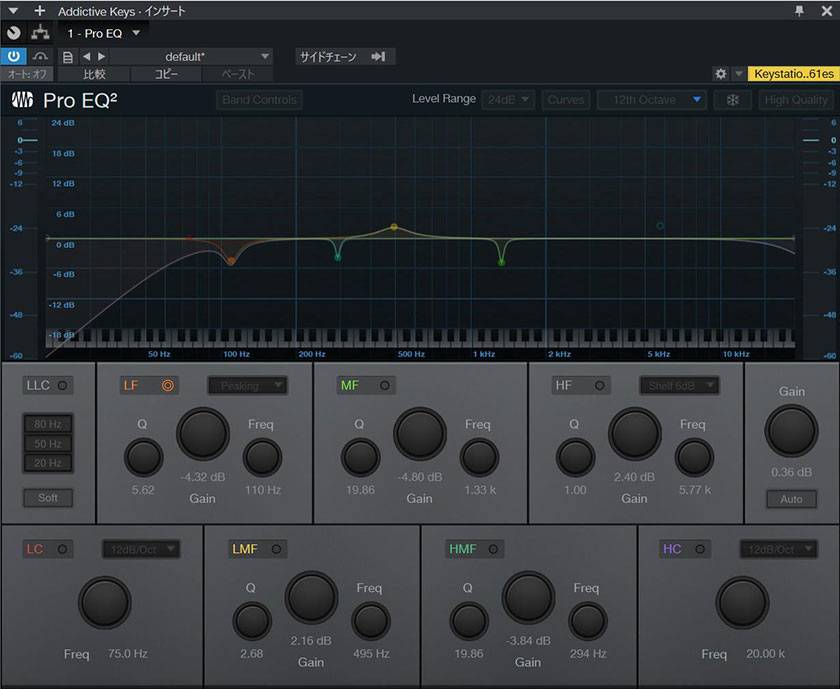
Now, let’s move on to the effects. First up is the EQ (equalizer). An EQ allows you to boost or cut specific frequencies to shape your sound.
Pro EQ 2 is a digital EQ with a built-in spectrum analyzer, so you can visually see which frequencies are too loud or too quiet. This feature is incredibly helpful for beginners who are still training their ears.
While FabFilter’s Pro-Q 3 is a popular choice in the world of EQ plugins, Pro EQ 2 is more than sufficient for most production needs.
【Open Air】
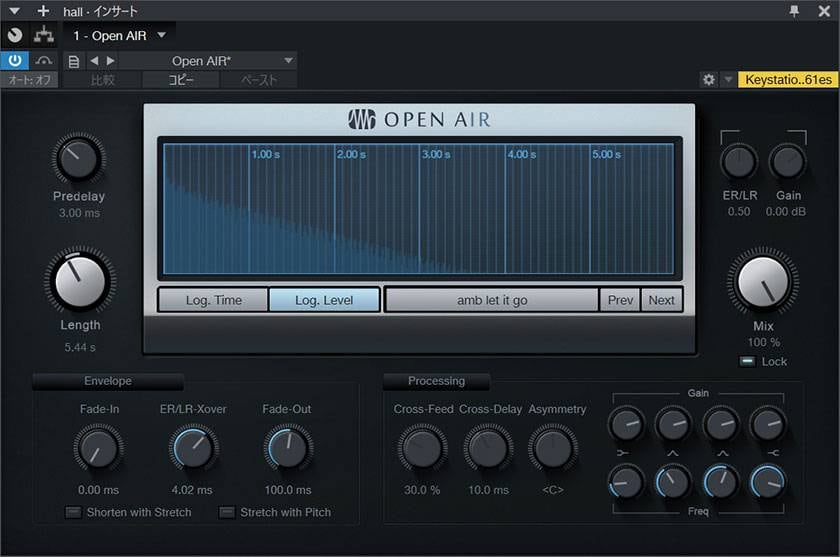
Open Air is a convolution reverb. Unlike standard reverb, it uses an audio file called an Impulse Response (IR) to recreate the sound of real acoustic spaces.
I’ll skip the detailed explanation of how IR (Impulse Response) works, but by using it, you can create a level of spatial realism that cannot be achieved with standard simulations. This technology is used not only in reverb but also in guitar cabinet simulators.
The appeal of Open Air is its ability to recreate real spaces! Because of this, I hardly adjust the preset settings and only tweak the mix level when using it. It’s easy to use and delivers a realistic result, which is why I recommend this approach!
【Ampire XT(Pedal Board)】
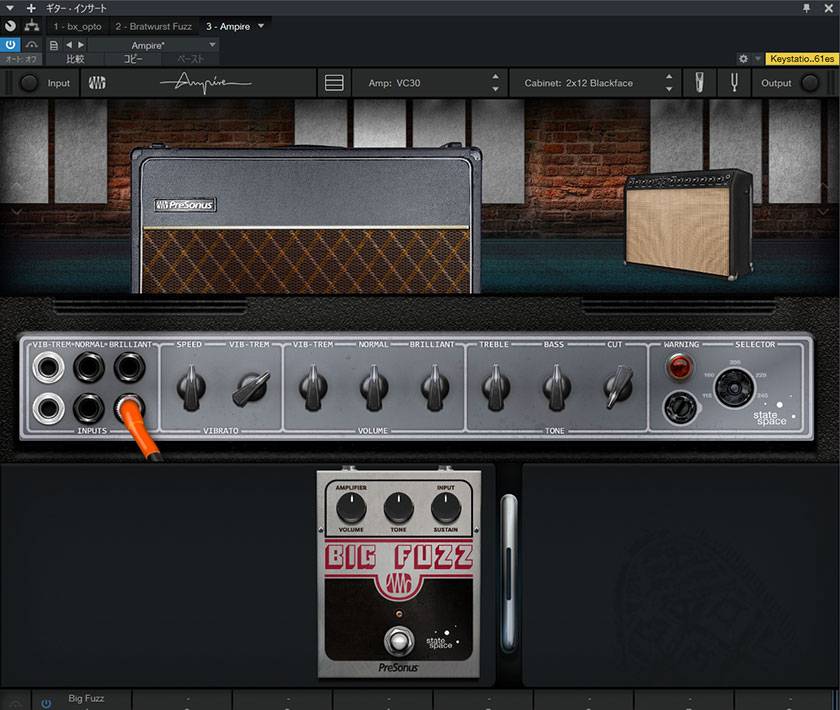
The final item in this article is Ampire, an amp simulator. It reproduces four famous guitar amps and one bass amp, covering everything from clean tones to high-gain sounds, allowing for a wide range of tone creation.
Additionally, the cabinet simulation uses IR (Impulse Response), giving a realistic sense of air.
Compared to popular paid products like BIAS AMP, FX, or Amplitube, it might not sound as realistic. However, for music programming, where MIDI sequencing tends to dominate, this can actually help the sound blend better with the overall track.
Ampire also includes effects that simulate guitar pedals. In Studio One Professional, this effect section is separated as Pedal Board, making it more flexible and easier to use.
Personally, I love using Ampire’s VOX AC30 modeling with a Big Muff-style effect!
Did you get a sense of Studio One’s appeal? I hope I’ve sparked your interest, even just a little!
For those of you thinking about trying Studio One, it’s more affordable compared to other DAWs, but diving in right away can still be intimidating. To help with that, Studio One offers two types of free trial versions!
One is the demo version, which allows you to experience most of the features of the Professional version for 30 days free of charge.
The other is Studio One Prime, which has some feature limitations but can be used indefinitely. I also started my Studio One journey with Prime!
I hope to continue sharing more about the charm of Studio One in the future, so I look forward to seeing you again. Thank you for reading!





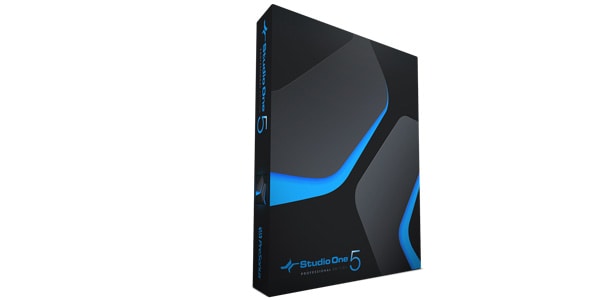







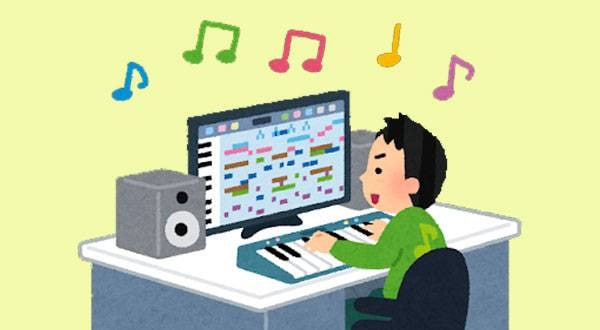
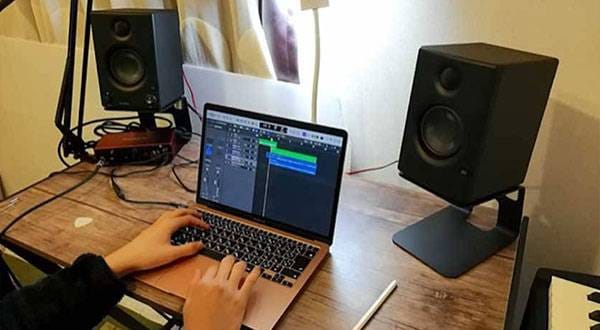
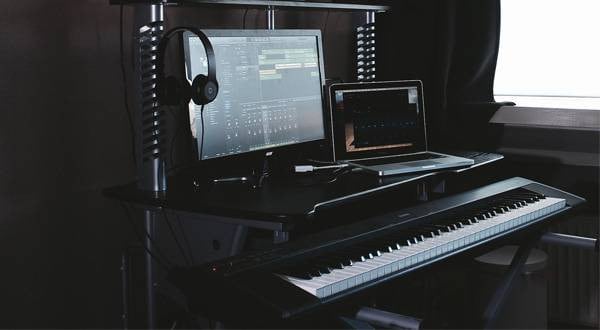

![[2023 Latest Edition] Overview of Some New Audio Interfaces!](/contents/uploads/thumbs/2/2021/1/20210108_2_12044_1.jpg)
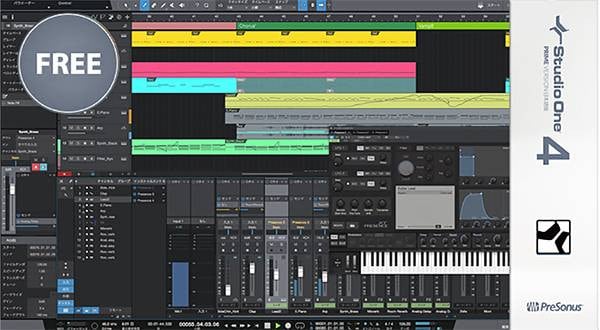
 DTM対談 kors k × かめりあ × Hommarju
DTM対談 kors k × かめりあ × Hommarju
 DTMセール情報まとめ
DTMセール情報まとめ
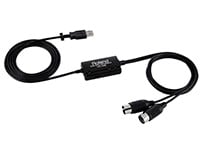 USB接続MIDIインターフェイス
USB接続MIDIインターフェイス
 ドラム音源に最適なMIDIパッド・コントローラー
ドラム音源に最適なMIDIパッド・コントローラー
 USB接続対応のMIDIキーボード
USB接続対応のMIDIキーボード
 DTMに必要な機材
DTMに必要な機材















